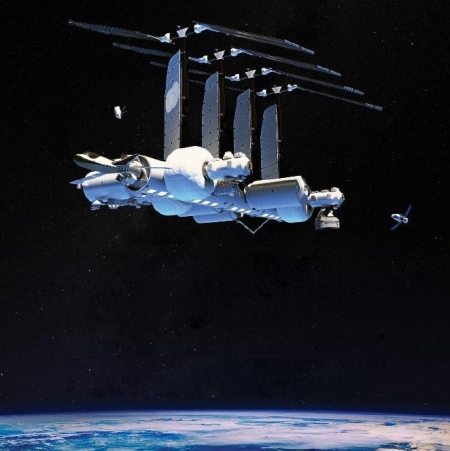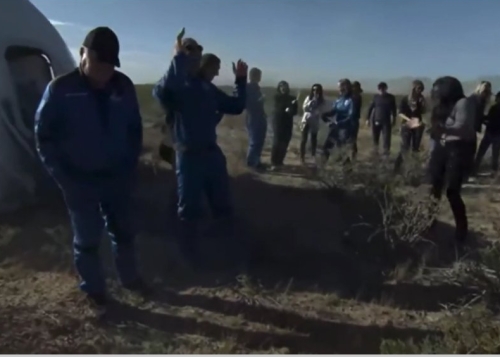NASA solicits proposals for second commercial manned lunar lander
Having received a budget boost from Congress for its manned lunar lander Artemis program, NASA yesterday announced that it is soliciting proposals from the private sector for a second lunar lander, so that the agency will not be reliant only on SpaceX’s Starship.
To bring a second entrant to market for the development of a lunar lander in parallel with SpaceX, NASA will issue a draft solicitation in the coming weeks. This upcoming activity will lay out requirements for a future development and demonstration lunar landing capability to take astronauts between orbit and the surface of the Moon. This effort is meant to maximize NASA’s support for competition and provides redundancy in services to help ensure NASA’s ability to transport astronauts to the lunar surface.
As part of this revised program, NASA also is negotiating a revision to its contract with SpaceX. It appears that this change will have SpaceX fly an additional manned mission with Starship, after which NASA would open up competition to everyone on future flights. The press release however is not entirely clear on this point.
This new competition will of course be a boon to the losers in the first manned lunar lander competition, Blue Origin and Dynetics. Both will certainly submit bids, as will others.
Having received a budget boost from Congress for its manned lunar lander Artemis program, NASA yesterday announced that it is soliciting proposals from the private sector for a second lunar lander, so that the agency will not be reliant only on SpaceX’s Starship.
To bring a second entrant to market for the development of a lunar lander in parallel with SpaceX, NASA will issue a draft solicitation in the coming weeks. This upcoming activity will lay out requirements for a future development and demonstration lunar landing capability to take astronauts between orbit and the surface of the Moon. This effort is meant to maximize NASA’s support for competition and provides redundancy in services to help ensure NASA’s ability to transport astronauts to the lunar surface.
As part of this revised program, NASA also is negotiating a revision to its contract with SpaceX. It appears that this change will have SpaceX fly an additional manned mission with Starship, after which NASA would open up competition to everyone on future flights. The press release however is not entirely clear on this point.
This new competition will of course be a boon to the losers in the first manned lunar lander competition, Blue Origin and Dynetics. Both will certainly submit bids, as will others.


